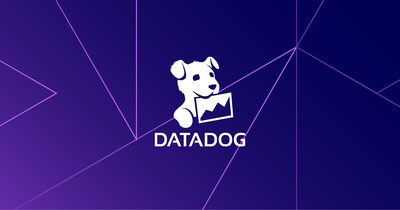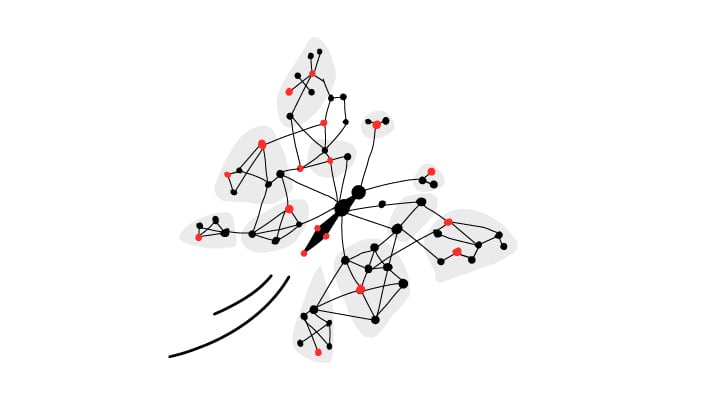
Published: Dec 1, 2024
SaaS Application Scalability: What It Is and Why It Matters
SaaS Application Scalability: What It Is and Why It Matters
I’ve seen my fair share of SaaS startups crash and burn because they couldn’t handle their own success. Talk about a hard pill to swallow! But fear not, fellow entrepreneurs - I’m here to spill the beans on SaaS scalability and how it can keep your business from becoming another cautionary tale.
TLDR: What exactly is SaaS application scalability, and why should you care?
1️⃣ What is SaaS application scalability?
SaaS scalability is your app’s ability to handle growth - more users, more data, more features - without breaking a sweat. It’s like giving your software a gym membership so it can flex those muscles when needed.
2️⃣ Why is scalability crucial for SaaS businesses?
Scalability is the secret sauce that lets your SaaS business grow without hitting a wall. It ensures your app can handle increased demand, maintain performance, and adapt to changing market needs. Without it, you’re essentially putting a cap on your own success.
3️⃣ How does scalability impact SaaS performance and user experience?
A scalable SaaS app maintains its speed and reliability even as user numbers skyrocket. This means happy customers, fewer headaches for your tech team, and a smoother path to growth. It’s the difference between a app that purrs like a kitten and one that wheezes like an old car engine.
Table of Contents
- The Basics of SaaS Scalability
- Key Components of Scalable SaaS Applications
- Strategies for Scaling Your SaaS Application
- Measuring and Monitoring SaaS Scalability
- The Future of SaaS Scalability
- Common Scalability Challenges and How to Overcome Them
The Basics of SaaS Scalability
Let’s break down SaaS scalability into bite-sized chunks. Think of your SaaS app as a busy restaurant. On a quiet Tuesday, you might have a handful of tables filled. But come Saturday night, you’re slammed with hungry customers. SaaS scalability is like having a magical restaurant that can expand or shrink to fit exactly the number of diners you have at any given moment.
What is SaaS Scalability?
SaaS scalability is your app’s superpower to grow smoothly as demand increases. It’s not just about handling more users - it’s about maintaining performance, reliability, and user experience no matter how popular you get.
Key Aspects of SaaS Scalability:
-
- Automatically adjusts resources up or down based on demand
- Prevents wasted resources during slow periods
- Ensures smooth performance during traffic spikes
-
- Distributes incoming traffic across multiple servers
- Prevents any single server from becoming overwhelmed
- Improves response times and availability
-
- Handles increasing data volumes without slowing down
- Supports more concurrent users and transactions
- Maintains data integrity and quick query responses
Why SaaS Scalability Matters
User Experience
- Keeps your app snappy, even during peak usage
- Prevents frustrating slowdowns or crashes
- Happy users = loyal customers and positive word-of-mouth
Business Growth
- Removes technical barriers to expansion
- Allows you to take on more customers without fear
- Gives you a competitive edge in the market
Cost Efficiency
- Pay only for the resources you actually use
- Avoid overprovisioning expensive infrastructure
- Streamline operations as you grow
Real-World SaaS Scalability Success Stories
Zoom Video Communications
- Pre-pandemic: 10 million daily meeting participants
- April 2020: Skyrocketed to 300 million daily participants
- Leveraged Amazon Web Services (AWS) for rapid scaling
- Result: Maintained performance despite 30x growth in weeks
Shopify
- Black Friday 2020: Processed $2.4 billion in sales
- Peak of $1.5 million in sales per minute
- Uses a microservices architecture for flexible scaling
- Result: Supported 99.99% uptime during biggest sales day ever
The Cost of Poor Scalability
Don’t think scalability matters? Let’s look at some cautionary tales:
Robinhood
 Multiple outages during high-volatility trading days in 2020
Multiple outages during high-volatility trading days in 2020- Result: User frustration, potential legal issues, damaged reputation
Cyberpunk 2077
 Launch day server issues due to massive demand
Launch day server issues due to massive demand- Result: Negative reviews, refunds, and removal from PlayStation Store
Scalability vs. Performance: Not the Same Thing!
A common misconception is that a fast app is automatically scalable. Not true! Here’s the difference:
- Performance: How quickly your app responds to a single user
- Scalability: How well your app maintains that performance as user numbers grow
You need both for long-term success. A lightning-fast app that crashes under load won’t cut it in the competitive SaaS world.
Getting Started with SaaS Scalability
Assess Your Current State
- Identify bottlenecks in your architecture
- Analyze performance metrics and user growth projections
- Determine your scaling priorities (user count, data volume, features)
Choose the Right Tech Stack
- Consider cloud platforms like AWS, Google Cloud, or Microsoft Azure
- Explore containerization with Docker and orchestration with Kubernetes
- Evaluate serverless options for ultimate flexibility
Design for Scale from Day One
- Embrace microservices architecture
- Implement caching strategies
- Plan for data partitioning and sharding
Remember, scalability isn’t a one-and-done deal. It’s an ongoing process of monitoring, tweaking, and adapting as your SaaS business evolves. By prioritizing scalability from the start, you’re setting yourself up for smoother sailing as your user base grows and your app takes off!
Key Components of Scalable SaaS Applications
Building a scalable SaaS application isn’t just about handling more users. It’s about creating a robust foundation that can flex and grow with your business. Let’s break down the essential building blocks that make it all possible.
Cloud Infrastructure
The backbone of any scalable SaaS app is solid cloud infrastructure. It’s like having a magical warehouse that can expand or shrink on demand.
Amazon Web Services (AWS)
 The 800-pound gorilla of cloud services. Their Elastic Compute Cloud (EC2) lets you scale server capacity up or down in minutes.
The 800-pound gorilla of cloud services. Their Elastic Compute Cloud (EC2) lets you scale server capacity up or down in minutes.Google Cloud Platform (GCP)
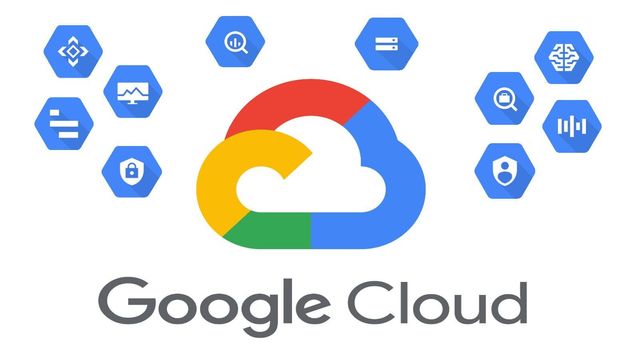 Known for its cutting-edge machine learning capabilities. Their Kubernetes Engine makes container orchestration a breeze.
Known for its cutting-edge machine learning capabilities. Their Kubernetes Engine makes container orchestration a breeze.Microsoft Azure A favorite for businesses already using Microsoft products. Their Azure Functions serverless computing platform can handle massive spikes in traffic without breaking a sweat.
Microservices Architecture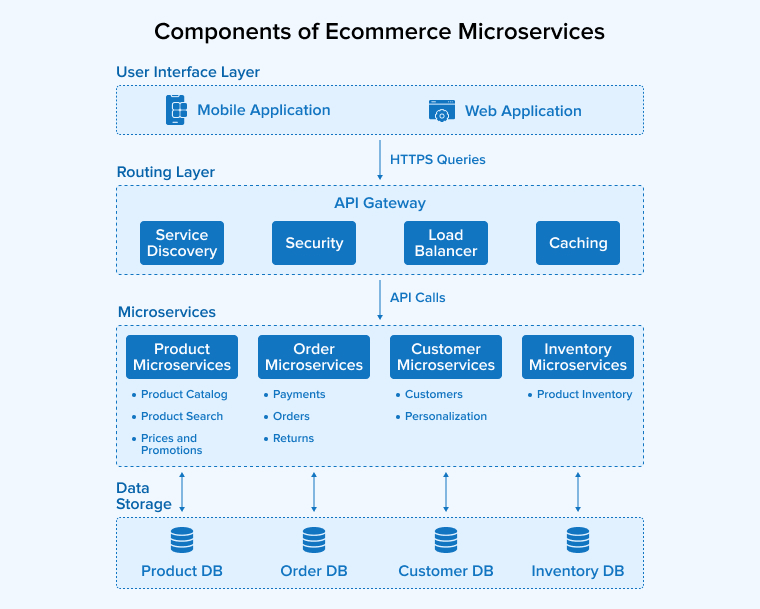
Imagine your app as a bunch of Lego bricks instead of one big, monolithic structure. That’s microservices in a nutshell.
Modular Design: Each component (user authentication, billing, etc.) runs as an independent service. This makes it easier to scale specific parts of your app as needed.
Language Agnostic: Different services can be written in different programming languages. Use Python for data processing and Node.js for your API – whatever fits the job best.
Easier Updates: You can update or replace individual services without taking down the entire app. No more midnight deployment nightmares!
Database Scalability
Your database is often the first bottleneck when scaling. Here’s how to keep things flowing smoothly:
Sharding
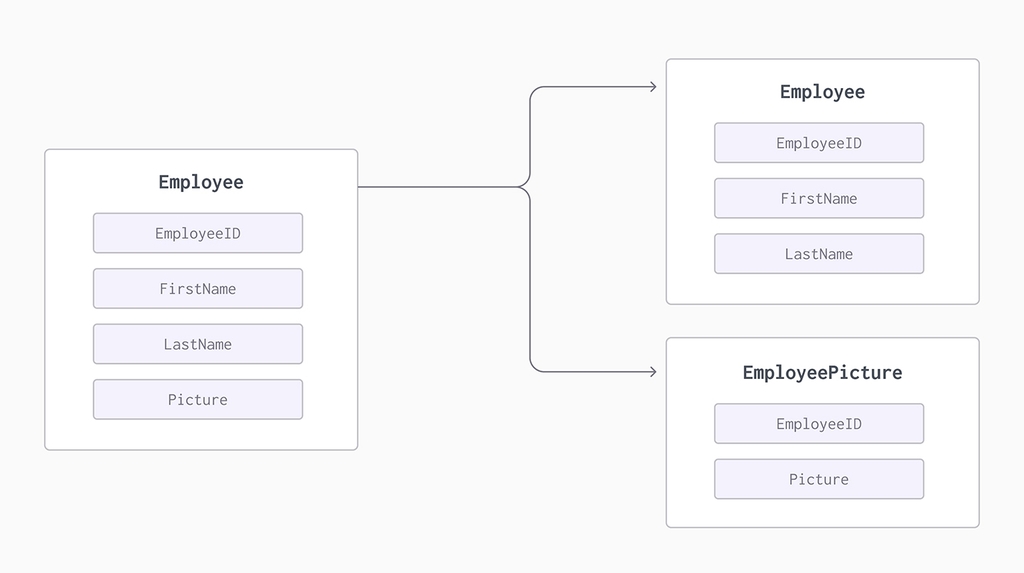 Split your data across multiple database servers. Instagram uses this technique to handle billions of photos.
Split your data across multiple database servers. Instagram uses this technique to handle billions of photos.Read Replicas
 Create copies of your database for read-only operations. This takes the load off your primary database for write operations.
Create copies of your database for read-only operations. This takes the load off your primary database for write operations.NoSQL Databases
 Consider MongoDB or Cassandra for handling massive amounts of unstructured data.
Consider MongoDB or Cassandra for handling massive amounts of unstructured data.
Caching
Caching is like giving your app a cheat sheet for faster responses.
Redis
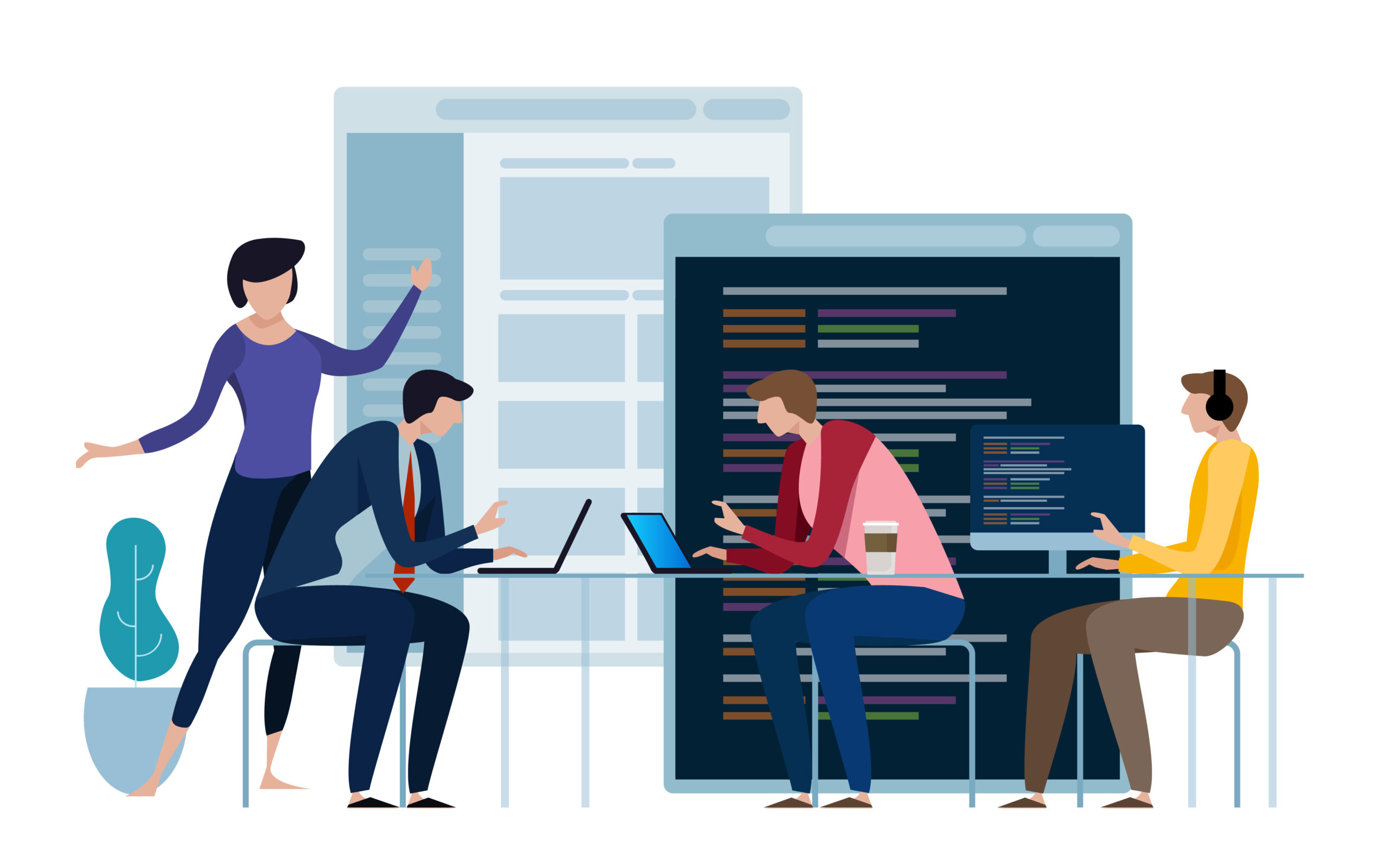 An in-memory data structure store that can dramatically speed up data retrieval.
An in-memory data structure store that can dramatically speed up data retrieval.Content Delivery Networks (CDNs)
 Services like Cloudflare or Akamai cache your content closer to users for lightning-fast load times.
Services like Cloudflare or Akamai cache your content closer to users for lightning-fast load times.
Load Balancing
Think of load balancers as traffic cops for your app, directing requests to the servers best equipped to handle them.
Nginx
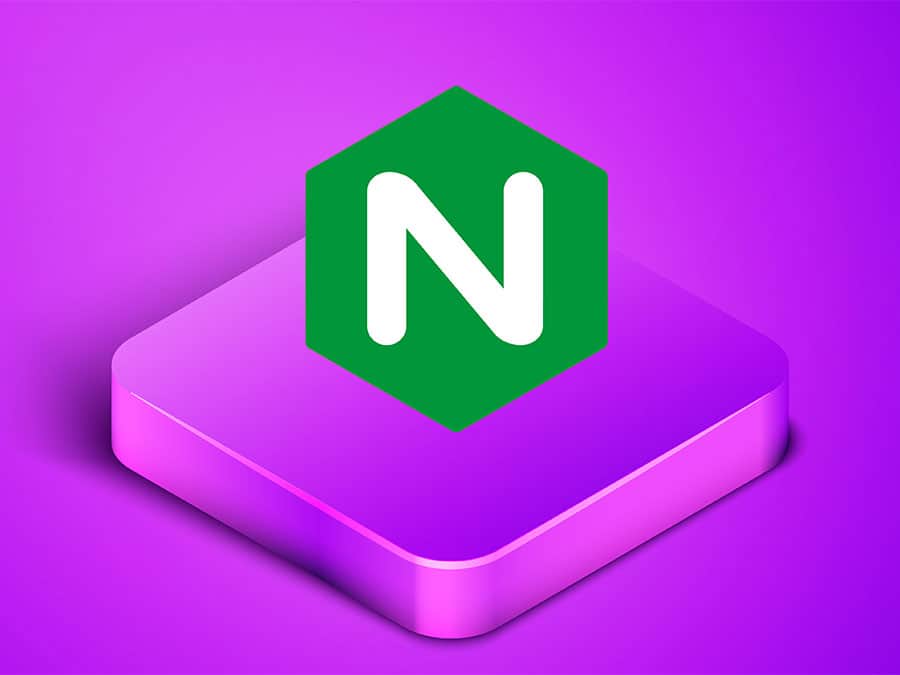 A popular open-source load balancer known for its high performance and low resource usage.
A popular open-source load balancer known for its high performance and low resource usage.HAProxy
 Another powerful option, especially good at SSL offloading to reduce server load.
Another powerful option, especially good at SSL offloading to reduce server load.
Asynchronous Processing
Don’t make users wait around for non-essential tasks. Handle them in the background.
RabbitMQ
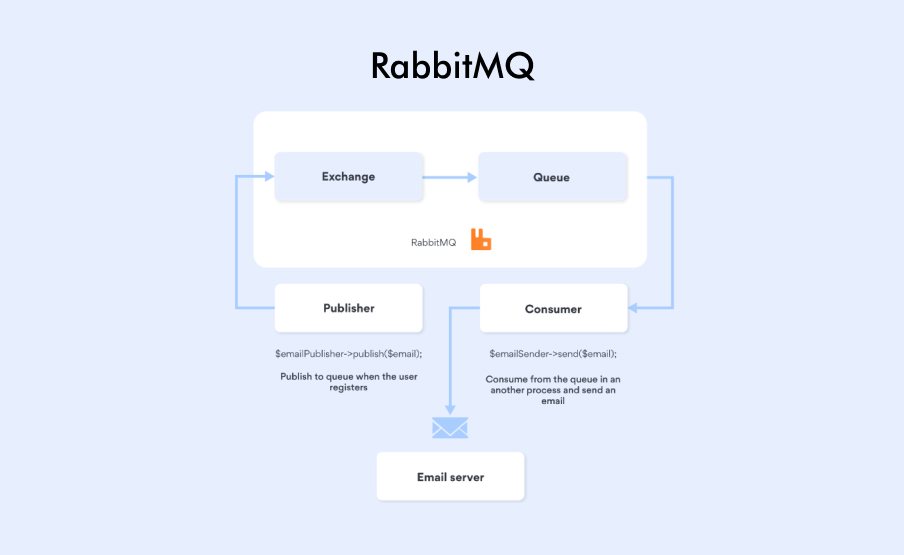 A message broker that lets you queue up tasks for later processing.
A message broker that lets you queue up tasks for later processing.Apache Kafka
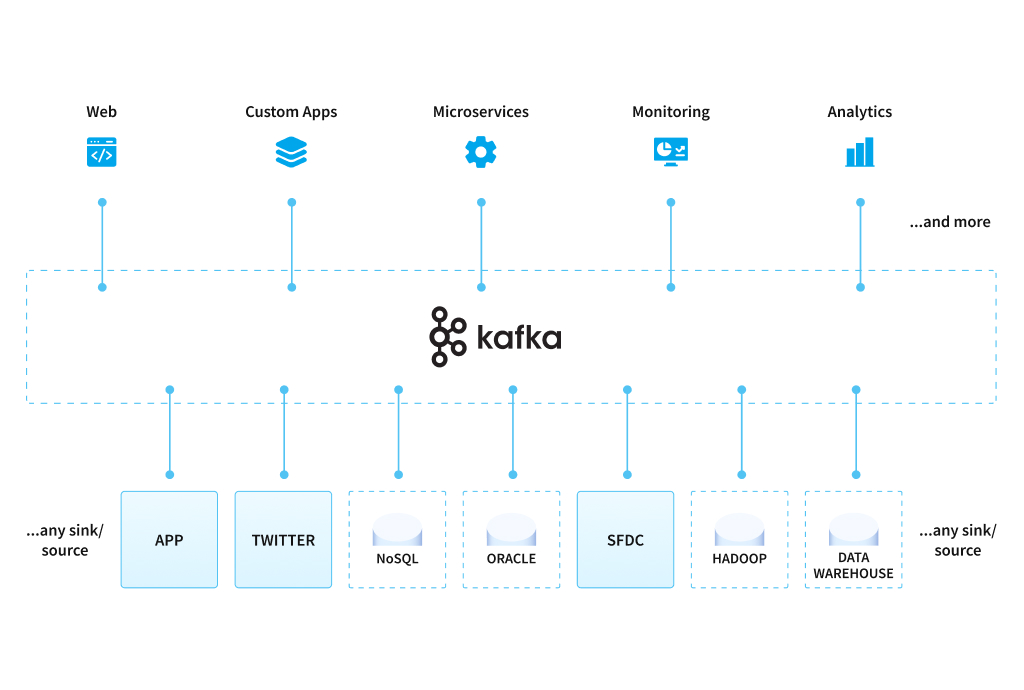 Great for handling real-time data feeds and building event-driven architectures.
Great for handling real-time data feeds and building event-driven architectures.
Containerization
Containers package up your code and all its dependencies, ensuring consistency across different environments.
Docker
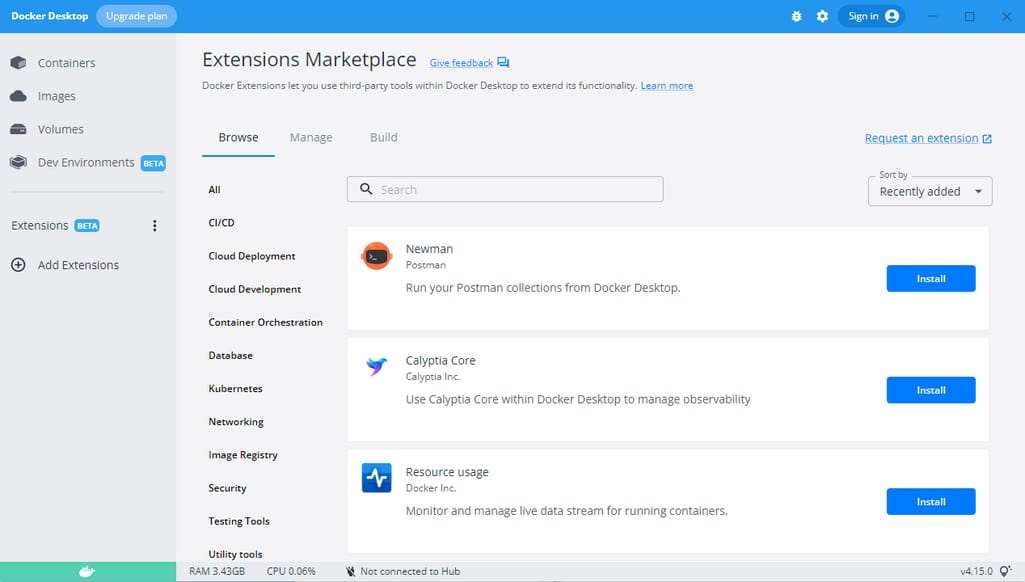 The most popular containerization platform. It makes deploying and scaling microservices a breeze.
The most popular containerization platform. It makes deploying and scaling microservices a breeze.Kubernetes
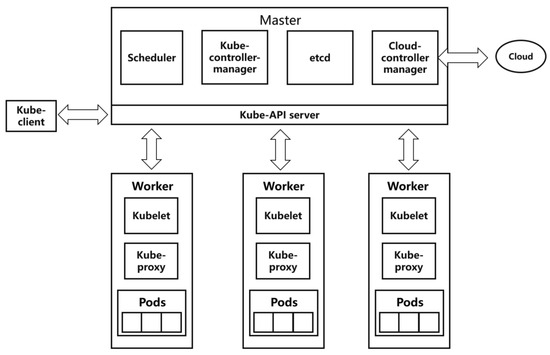 An open-source system for automating deployment, scaling, and management of containerized applications.
An open-source system for automating deployment, scaling, and management of containerized applications.
Monitoring and Analytics
You can’t improve what you don’t measure. Keep a close eye on your app’s performance.
New Relic
 Offers deep insights into application performance and user experience.
Offers deep insights into application performance and user experience.Grafana
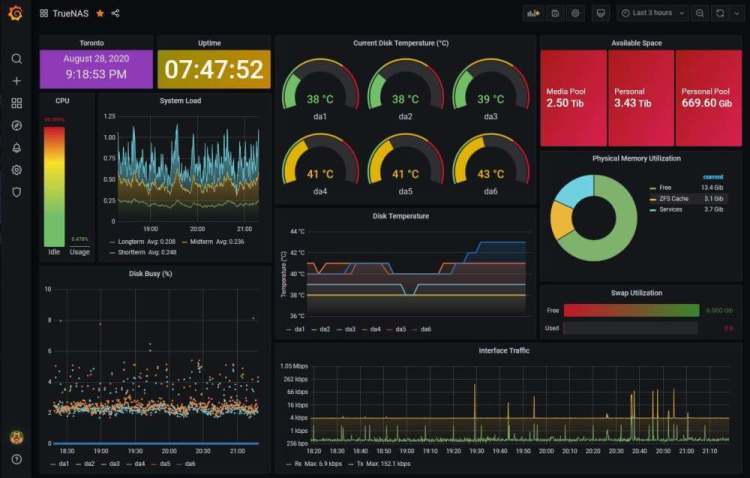 An open-source platform for monitoring and observability.
An open-source platform for monitoring and observability.
By focusing on these key components, you’ll build a SaaS application that’s ready to grow with your business. Remember, scalability is an ongoing process – keep monitoring, testing, and optimizing as you go!
Strategies for Scaling Your SaaS Application
Scaling a SaaS application isn’t just about handling more users. It’s about growing smart and staying nimble. Here are some battle-tested strategies I’ve seen work wonders:
Embrace Cloud-Native Architecture
Gone are the days of worrying about physical servers melting down. Cloud-native is the way to go:
Serverless Computing
 Tools like AWS Lambda or Google Cloud Functions let you run code without managing servers. Pay only for what you use.
Tools like AWS Lambda or Google Cloud Functions let you run code without managing servers. Pay only for what you use.Containers
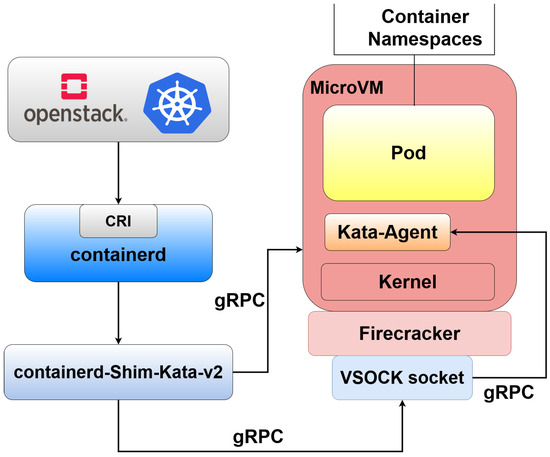 Docker containers make it easy to package and deploy your app consistently across different environments.
Docker containers make it easy to package and deploy your app consistently across different environments.Kubernetes
 This open-source platform automates container deployment and scaling. It’s like having a robot army managing your infrastructure.
This open-source platform automates container deployment and scaling. It’s like having a robot army managing your infrastructure.
Implement Microservices
Break your monolith into smaller, independent services:
- Easier Updates: Deploy changes to specific services without touching the entire app.
- Language Flexibility: Use the best tool for each job - Python for data processing, Node.js for real-time features.
- Targeted Scaling: Scale only the services under heavy load.
Optimize Your Database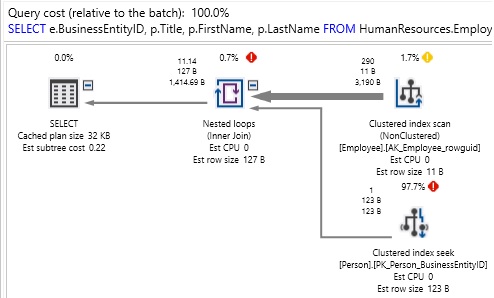
Your database can quickly become a bottleneck. Here’s how to keep things flowing:
Sharding
 Split your data across multiple database servers. Pinterest uses this to handle billions of pins.
Split your data across multiple database servers. Pinterest uses this to handle billions of pins.Caching Use Redis or Memcached to store frequently accessed data in memory.
NoSQL Consider MongoDB or Cassandra for handling massive amounts of unstructured data.
Implement Effective Load Balancing
Don’t let all your traffic hit one server:
Round-Robin DNS Simple but effective for distributing load across multiple servers.
Application-Layer Load Balancing
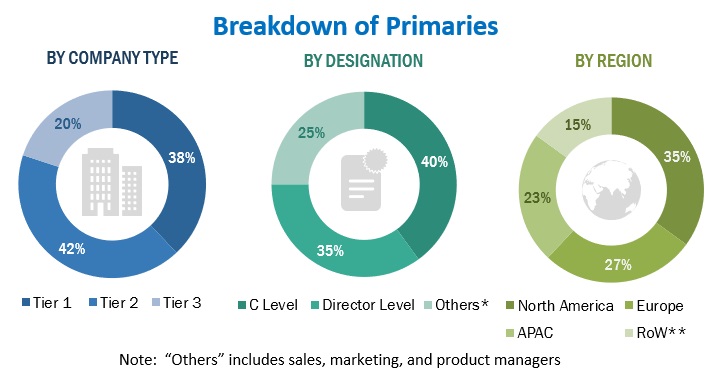 Use tools like NGINX or HAProxy for more intelligent traffic routing.
Use tools like NGINX or HAProxy for more intelligent traffic routing.
Leverage Content Delivery Networks (CDNs)
Speed up content delivery by serving it from locations closer to your users:
Cloudflare
 Not only speeds up your site but also provides DDoS protection.
Not only speeds up your site but also provides DDoS protection.Amazon CloudFront
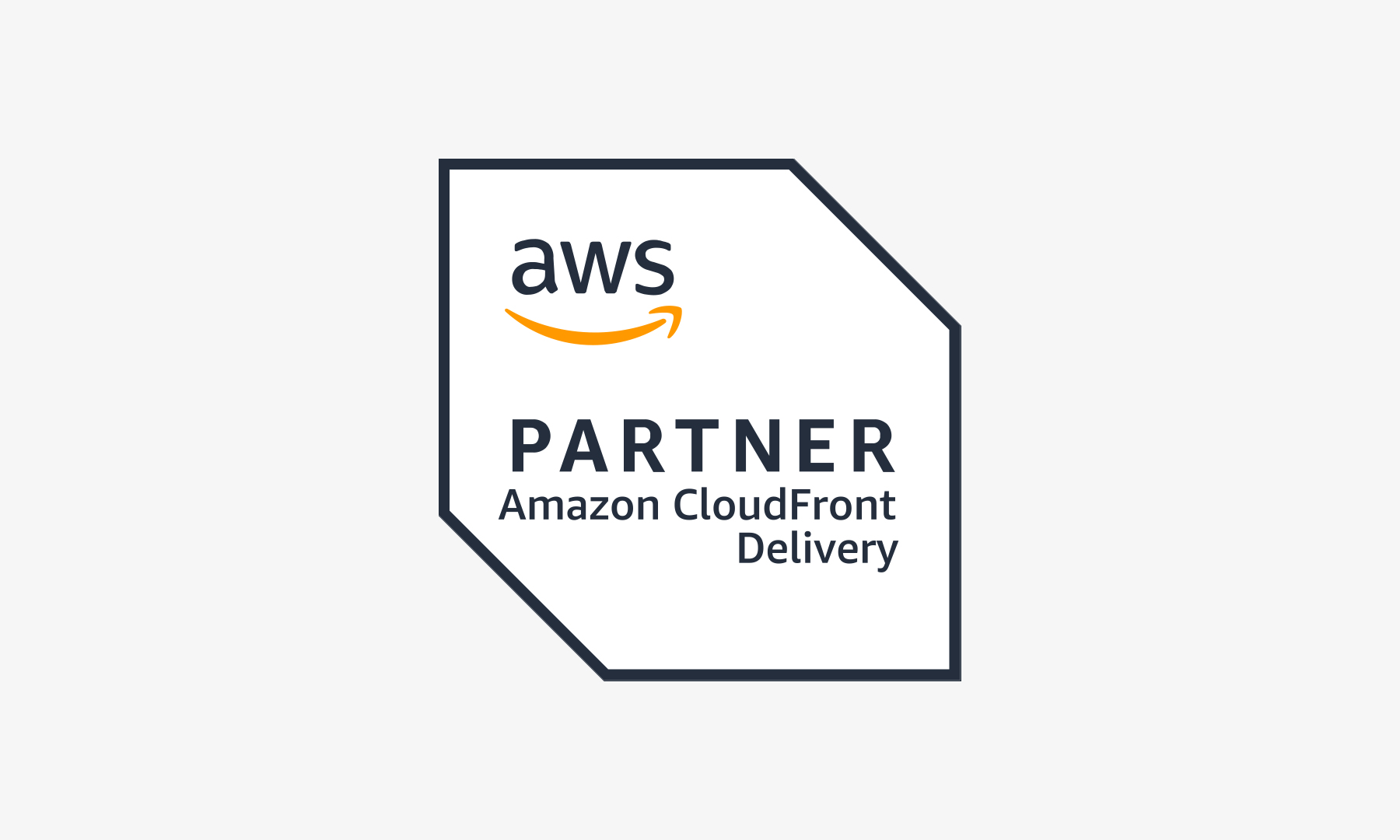 Integrates seamlessly with other AWS services.
Integrates seamlessly with other AWS services.
Implement Asynchronous Processing
Don’t make users wait for non-essential tasks:
Message Queues
 Use RabbitMQ or Apache Kafka to handle background jobs.
Use RabbitMQ or Apache Kafka to handle background jobs.Webhooks
 Notify external systems about events in your app without waiting for a response.
Notify external systems about events in your app without waiting for a response.
Optimize Your Code
Sometimes, the problem isn’t your infrastructure - it’s your code:
Profiling
 Use tools like New Relic or Datadog to identify performance bottlenecks.
Use tools like New Relic or Datadog to identify performance bottlenecks.Caching Implement intelligent caching at the application level to reduce database queries.
Plan for Failure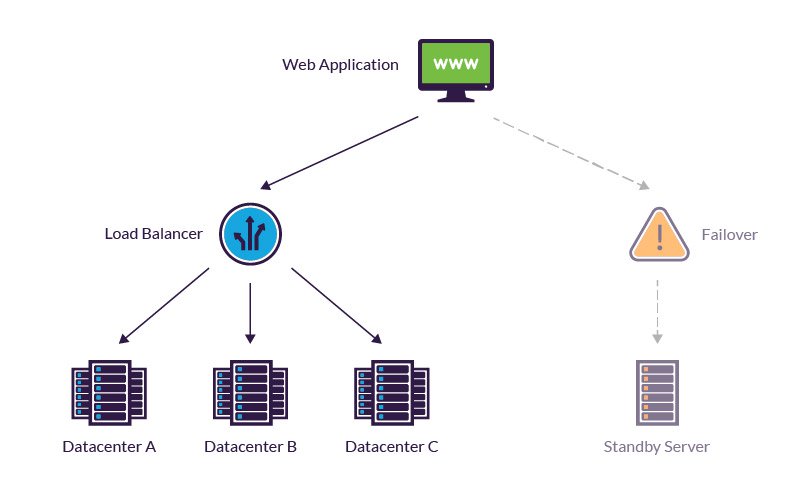
Because things will go wrong:
Circuit Breakers
 Prevent cascading failures by failing fast and isolating problem areas.
Prevent cascading failures by failing fast and isolating problem areas.Chaos Engineering Deliberately introduce failures to test your system’s resilience. Netflix pioneered this with their Chaos Monkey tool.
Monitor Everything
You can’t improve what you don’t measure:
Prometheus
 Open-source monitoring system and time series database.
Open-source monitoring system and time series database.ELK Stack Elasticsearch, Logstash, and Kibana for powerful log analysis and visualization.
Remember, scaling is an ongoing process. Keep iterating, testing, and optimizing. What works today might not work tomorrow as your user base grows. Stay flexible, and don’t be afraid to rethink your architecture as you scale.
Measuring and Monitoring SaaS Scalability
Let’s dive into the nitty-gritty of keeping tabs on your SaaS app’s performance as it grows. Trust me, without proper monitoring, you’re flying blind – and that’s a recipe for disaster in the SaaS world.
Key Metrics for SaaS Scalability
-
- Measures how quickly your app responds to user requests
- Aim for sub-second response times, even under heavy load
- Tools like Google PageSpeed Insights can help you track this
-
- The number of requests your system can handle per unit of time
- Higher is better, but watch for diminishing returns
- Apache JMeter is great for testing throughput limits
-
- The percentage of requests that result in errors
- Aim for less than 1% error rate during normal operations
- Spikes in error rates can indicate scaling issues
-
- CPU, memory, disk I/O, and network usage
- Look for bottlenecks and unexpected spikes
- Grafana dashboards can visualize this data beautifully
-
- The number of active users at any given time
- Know your limits and plan for growth
- New Relic offers real-time user monitoring
Monitoring Tools and Techniques
Application Performance Monitoring (APM)
-
- Comprehensive monitoring for cloud-scale applications
- Integrates with over 400 technologies
- Real-time alerting and anomaly detection
-
- AI-powered full stack monitoring
- Automatic problem detection and root cause analysis
- Great for complex microservices architectures
Log Management and Analysis
-
- Elasticsearch, Logstash, and Kibana
- Powerful log aggregation and visualization
- Open-source and highly customizable
-
- Enterprise-grade log management
- Machine learning-powered insights
- Pricey, but worth it for large-scale operations
Infrastructure Monitoring
-
- Open-source monitoring system and time series database
- Pairs well with Grafana for visualization
- Great for Kubernetes environments
-
- The old reliable of infrastructure monitoring
- Extensive plugin ecosystem
- Steep learning curve, but powerful once mastered
Best Practices for SaaS Scalability Monitoring
Set Realistic Baselines
- Establish normal performance metrics for your app
- Use these as a reference point for detecting anomalies
Implement Proactive Alerting
- Don’t wait for users to report issues
- Set up alerts for key metrics exceeding thresholds
- Use tools like PagerDuty for incident management
Regularly Perform Load Testing
- Simulate high-traffic scenarios before they happen
- Tools like Apache JMeter or Gatling can stress-test your system
Monitor from the User’s Perspective
Track Business Metrics Alongside Technical Ones
- Monitor user growth, feature adoption, and churn rates
- These can indicate scaling needs before technical metrics do
Case Study: Scaling Challenges at Robinhood
The Robinhood trading app faced major scaling issues during the GameStop short squeeze in January 2021. Their systems couldn’t handle the sudden spike in trading volume, leading to outages and angry users.
Key takeaways:
- Always plan for unexpected traffic spikes
- Implement circuit breakers to gracefully handle overload
- Communicate clearly with users during scaling issues
Scaling Success: Zoom’s Pandemic Growth
Zoom managed to scale from 10 million to 300 million daily meeting participants in just months during the COVID-19 pandemic.
How they did it:
- Leveraged Amazon Web Services (AWS) for rapid infrastructure scaling
- Implemented aggressive caching and optimized video encoding
- Continuously monitored and adjusted based on real-time usage data
Remember, measuring and monitoring your SaaS scalability isn’t a one-time thing. It’s an ongoing process that requires constant attention and adjustment. By staying on top of these metrics and using the right tools, you’ll be well-equipped to handle whatever growth comes your way.
The Future of SaaS Scalability
The SaaS landscape is evolving at breakneck speed, and scalability is at the forefront of this revolution. Let’s dive into some game-changing trends that are shaping the future of SaaS scalability.
Serverless Computing
Serverless is the new black in SaaS scalability. It’s like having a magical infrastructure that expands and contracts based on your exact needs.
- AWS Lambda leads the pack, allowing you to run code without provisioning servers.
- Google Cloud Functions and Azure Functions are hot on its heels.
Serverless isn’t just hype. Coca-Cola used AWS Lambda to scale their vending machines, handling 5x normal traffic during Super Bowl without breaking a sweat.
Edge Computing
Edge computing is bringing data processing closer to where it’s needed, reducing latency and improving performance.
- Cloudflare Workers let you run JavaScript at the edge, closer to your users.
- AWS Wavelength brings AWS services to the edge of 5G networks.
Uber is leveraging edge computing to process ride requests faster and more efficiently.
AI-Driven Scaling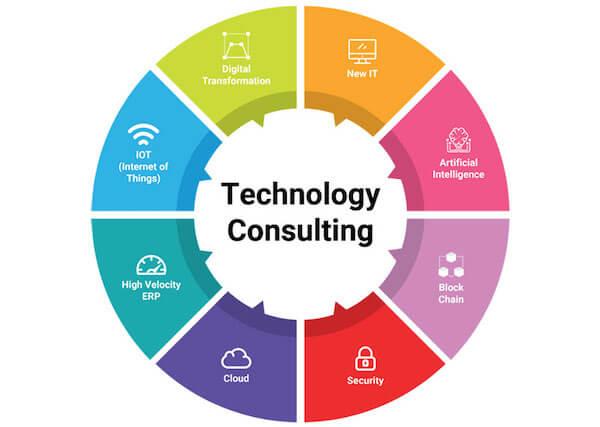
Artificial Intelligence is revolutionizing how we approach SaaS scalability.
- Google’s Anthos uses AI to optimize resource allocation across hybrid and multi-cloud environments.
- IBM Watson AIOps predicts and prevents IT issues before they impact users.
Netflix uses AI to predict viewing patterns and pre-cache content, ensuring smooth streaming even during peak times.
Kubernetes and Container Orchestration
Kubernetes is becoming the de facto standard for managing containerized applications at scale.
- Red Hat OpenShift is making Kubernetes more accessible for enterprises.
- Rancher simplifies multi-cluster Kubernetes management.
Airbnb migrated from Monolith to Kubernetes, reducing build times from 1 hour to 10 minutes.
Microservices 2.0
The next generation of microservices is all about even finer-grained services and improved communication.
- gRPC is gaining traction for efficient inter-service communication.
- Service Mesh technologies like Istio are simplifying microservices management.
Lyft uses a microservices architecture with over 300 services, allowing them to scale individual components independently.
Quantum Computing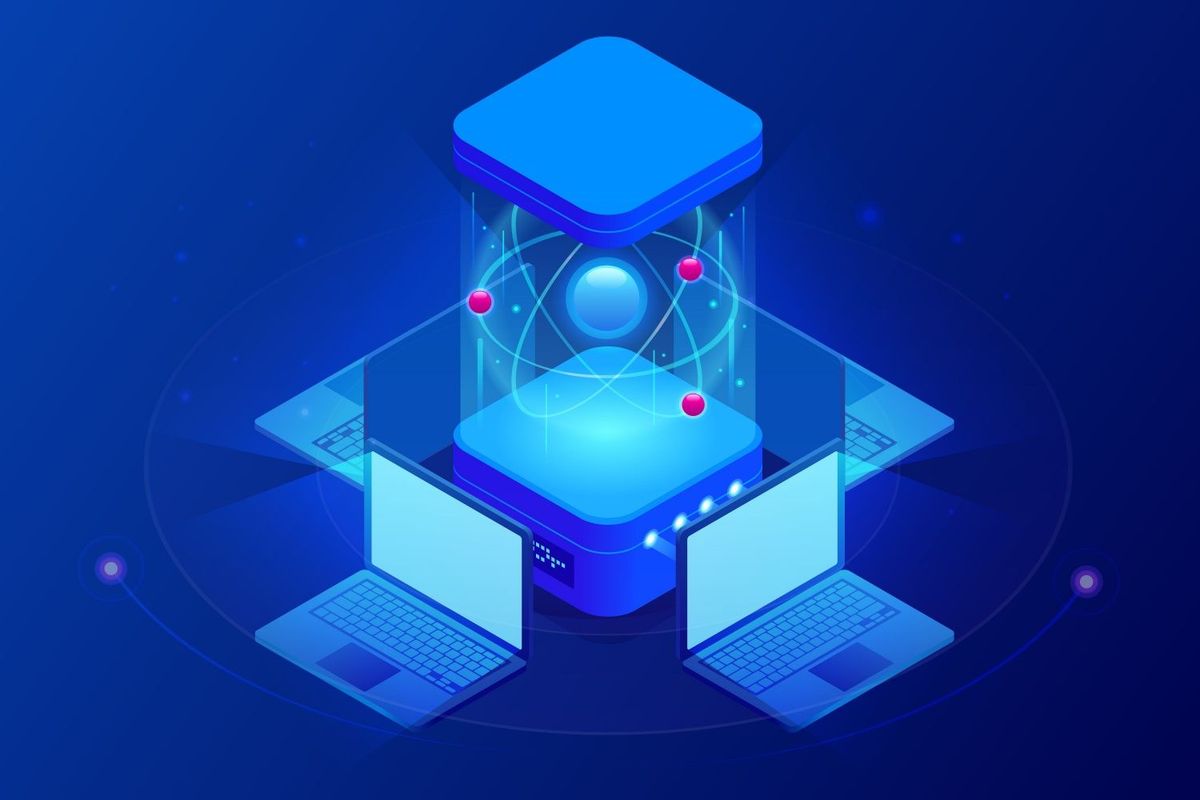
While still in its infancy, quantum computing promises to revolutionize scalability for certain types of problems.
- IBM Quantum is leading the charge in making quantum computing accessible.
- Google’s Sycamore processor achieved quantum supremacy in 2019.
Volkswagen is exploring quantum computing for traffic flow optimization, which could have huge implications for ride-sharing and delivery SaaS applications.
5G and Beyond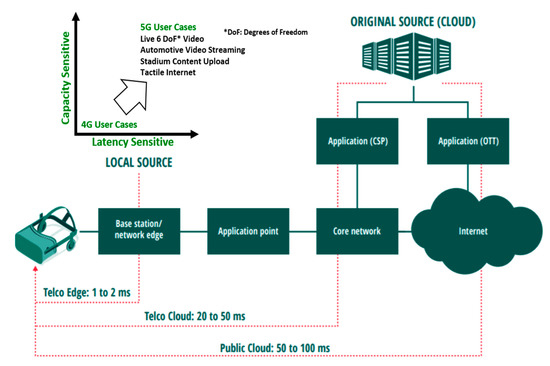
The rollout of 5G networks is opening new possibilities for SaaS scalability, especially for mobile and IoT applications.
- Verizon 5G Edge combines 5G and edge computing for ultra-low latency applications.
- AT&T’s 5G network is powering new possibilities in augmented reality SaaS.
Snapchat is leveraging 5G to enhance its AR features, allowing for more complex and responsive augmented reality experiences.
The Road Ahead
As we look to the future, it’s clear that SaaS scalability will continue to evolve rapidly. The key will be staying adaptable and embracing new technologies as they emerge. Remember, the goal isn’t just to handle more users or data – it’s about delivering better, faster, and more innovative experiences to your customers.
So keep your eyes on these trends, but don’t forget the basics. Monitor your performance, test relentlessly, and always be ready to pivot. The future of SaaS scalability is exciting, and with the right approach, your application can ride the wave of innovation to new heights of success.
Common Scalability Challenges and How to Overcome Them
Scaling a SaaS application isn’t all smooth sailing. I’ve seen plenty of startups hit major roadblocks as they grow. Let’s dive into some common scalability challenges and how to tackle them head-on.
Database Bottlenecks
As your user base expands, your database often becomes the first point of failure.
Symptoms:
- Slow query response times
- Increased CPU usage on database servers
- Timeouts during peak traffic
Solutions:
-
- Split your data across multiple database servers
- Instagram famously sharded their database to handle billions of photos
-
- Create copies of your database for read-only operations
- Reduces load on your primary database
Traffic Spikes
Sudden surges in traffic can bring even well-architected systems to their knees.
Symptoms:
- Increased error rates
- Slow page load times
- Server crashes
Solutions:
-
- Use cloud services like AWS Auto Scaling to automatically adjust resources
- Netflix uses auto-scaling to handle primetime viewing traffic
Content Delivery Networks (CDNs)
- Use Cloudflare or Akamai to serve static content from locations closer to users
Monolithic Architecture Limitations
As your app grows, a monolithic architecture can become unwieldy and hard to scale.
Symptoms:
- Long deployment times
- Difficulty in scaling specific features
- Increased complexity in code base
Solutions:
-
- Break your app into smaller, independent services
- Amazon famously transitioned from a monolith to microservices to improve scalability
-
- Use Docker to package your app and its dependencies
- Makes it easier to deploy and scale individual components
Resource Intensive Background Jobs
Long-running tasks can hog resources and impact user experience.
Symptoms:
- Increased response times during batch processes
- Timeouts on API calls
- High server resource utilization
Solutions:
-
- Use message queues like RabbitMQ or Apache Kafka to handle background jobs
- Shopify uses background jobs to handle resource-intensive tasks like image resizing
-
- Use AWS Lambda or Google Cloud Functions for event-driven, scalable processing
Security and Compliance at Scale
As you grow, security becomes more complex and critical.
Symptoms:
- Increased security incidents
- Difficulty in maintaining compliance (GDPR, HIPAA, etc.)
- Performance impacts from security measures
Solutions:
-
- Integrate security practices into your development pipeline
- Etsy is known for its strong DevSecOps culture
Encryption at Rest and in Transit
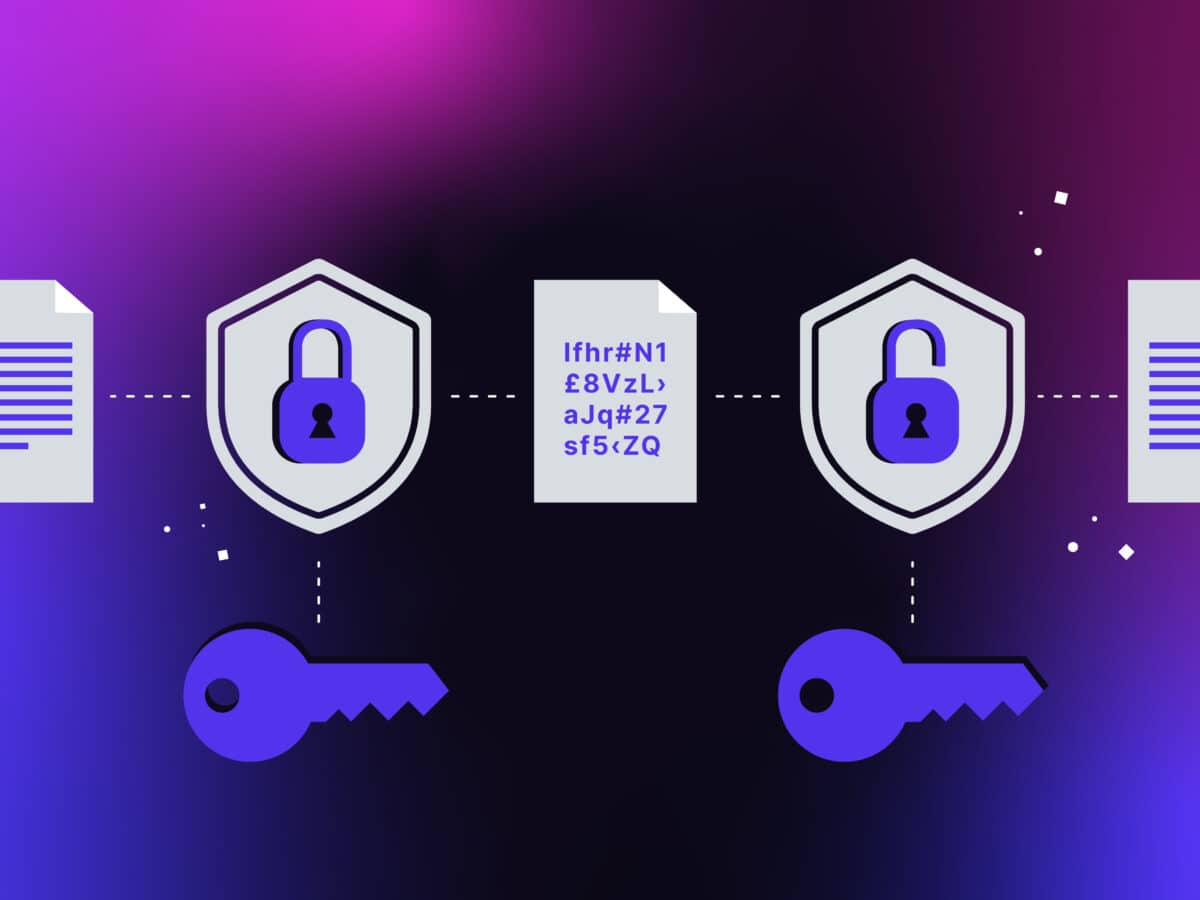
- Use SSL/TLS for data in transit
- Implement database encryption for data at rest
Remember, scaling is an ongoing process. What works today might not work tomorrow. Keep monitoring your system, stay alert for new challenges, and be ready to adapt. With the right strategies and a proactive approach, you can overcome these common scalability hurdles and set your SaaS up for long-term success.





